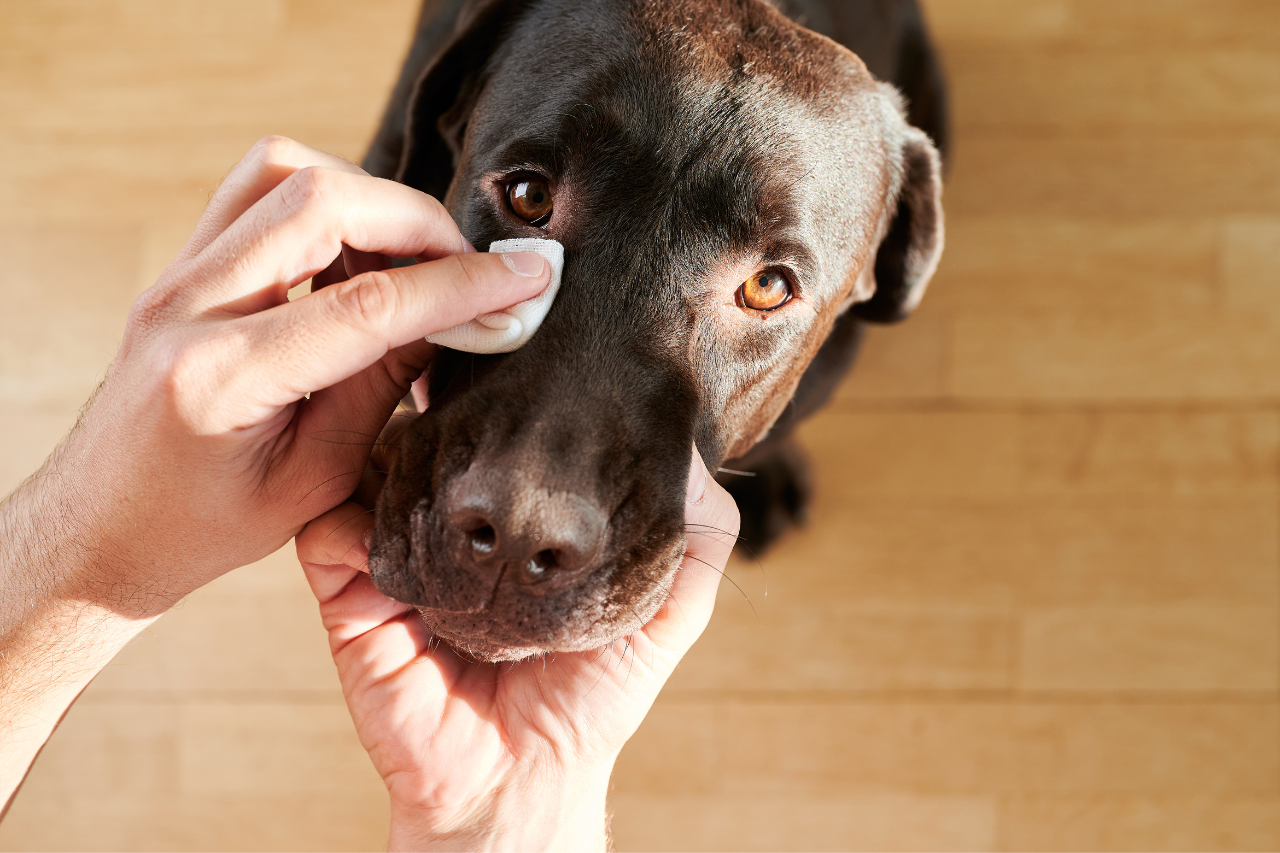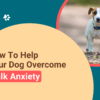
Why Do Dogs Get Eye Boogers? Exploring Common Triggers, Symptoms, and Effective Strategies to Keep Your Dog’s Eyes Healthy and Infection-Free.
It’s not uncommon for dogs to have eye boogers, which are usually just normal eye discharge. However, it’s important to keep an eye on your dog’s eye discharge, as yellow discharge or pus could indicate a serious infection.
In this article, we’ll take a closer look at the common causes of eye discharge in dogs and what you should look out for in terms of potential health concerns.
Conjunctivitis
Conjunctivitis, also known as Pink Eye, is the inflammation of the tissue that covers the front part of the eyeball and lines the eyelids. The most common symptoms of canine conjunctivitis include eye discharge, excessive blinking, redness, and swelling around the eyes. It’s usually seen in both eyes, but in certain conditions, only one eye may be affected.
Some common causes of conjunctivitis include viral or bacterial infections, allergies, eyelid abnormalities, glaucoma, tumors, trauma to the eye, or inflammation from environmental pollutants such as smoke. Treatment may include antibiotics, pain medication, antihistamines, and possibly surgery to treat tear duct issues.
Canine Dry Eye
Canine dry eye, also known as Keratoconjunctivitis sicca, is a condition that results from inadequate tear production (or when tears evaporate too quickly). Common conditions that cause limited tear production leading to dry eye include hypothyroidism, canine distemper virus, and immune disorders that damage the tear-producing glands.
Symptoms of canine dry eye include irritation, redness, and discharge. Dogs with dry eye may blink or squint excessively, and some may hold their eyes shut. Usually, both eyes are affected, though one eye may appear worse than the other.
Canine dry eye can lead to corneal ulceration, which can potentially impact your dog’s vision. Treatment depends on the severity and may include artificial tears, antibiotics, or surgery.
Epiphora
Epiphora is another condition that can affect dogs, and it’s an overflow of tears from the eyes. It’s often a symptom of something else going on and is associated with a variety of conditions. If your dog has more wetness than usual around their eyes, or an abnormal amount of discharge, it’s a good idea to take them to a vet to determine the underlying cause.
The most common signs of epiphora are an overabundance of wetness around your dog’s eyes and reddish or brown staining on the fur around the eyes. Depending on the cause, treatment may include antibiotics, steroids, or surgery.
Entropion
Entropion is a genetic condition where a portion of the eyelid is folded inward. This often causes the hair on the surface of the eyelid to rub against the cornea, eventually leading to corneal ulceration or perforation. The damage can also lead to a buildup of scar tissue, which can interfere with vision.
Symptoms of entropion in dogs include squinting, excessive tears, and mucus discharge from the outer corners of the eye. The treatment for entropion is corrective surgery.
Breed-Specific Issues
Certain breeds of dogs, such as those with bulging eyes, are more susceptible to developing eye issues such as excessive eye discharge or eye boogers. Exophthalmos is the bulging of the eye out of the orbit, and it’s common among brachycephalic (short-nosed) breeds such as Pugs, Boston Terriers, Boxers, Bulldogs, and Shih Tzus.
Dogs with bulging eyes are more prone to eye problems because their eyes are more exposed and susceptible to the accumulation of foreign material. This can lead to eye infections, injuries, and other issues that can cause excessive eye discharge.
It’s important for owners of brachycephalic breeds to be vigilant about monitoring their dogs’ eye health and seeking veterinary care if they notice any unusual symptoms. Breeds with a lot of loose skin, such as Bloodhounds and Cocker Spaniels, are more prone to eyelid issues such as ectropion (eyelids that roll outward) and cherry eye, where a gland in the eyelid falls out of position.
These conditions can also lead to excessive eye discharge and other symptoms, and may require treatment by a veterinarian.
Bottom Line
All things considered, while some degree of eye discharge in dogs is normal, excessive or abnormal discharge can be a sign of underlying health issues that require veterinary attention. It is important to monitor your dog’s eye health regularly, and any excessive or abnormal eye discharge should not be ignored.
Seeking veterinary care promptly can lead to a proper diagnosis and treatment plan, which can prevent potential long-term eye damage or vision loss in your furry companion. Remember, many eye conditions in dogs can be effectively managed or cured with early detection and proper care.
So, if you notice any changes in your dog’s eye health, don’t hesitate to schedule a checkup with your veterinarian. Your dog’s eyesight is worth the extra attention and care.






